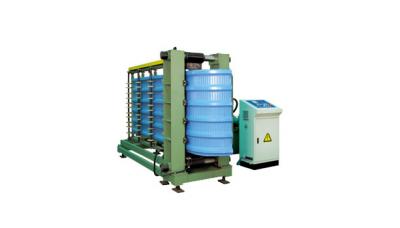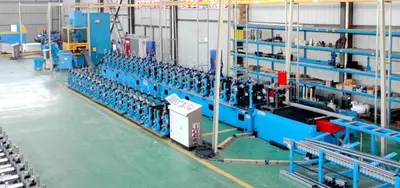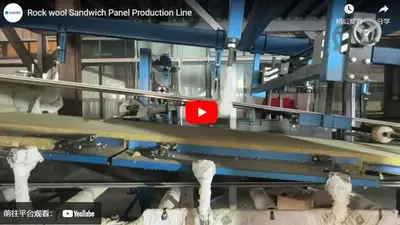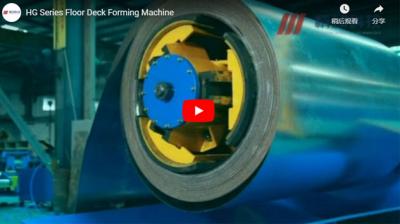Comprehensive Analysis of Sandwich Panel Production Machinery
Sandwich panels, as a common building material, are widely used in various construction projects. Consequently, the machinery for producing sandwich panels has become an essential piece of equipment in the industry. So, what exactly does sandwich panel production machinery look like? This article will provide an in-depth analysis.
Working Principle of Sandwich Panel Production Machinery
Sandwich panel production machinery primarily works by introducing a core layer between two or more layers of material, followed by pressing, bonding, and other processes to ultimately form the sandwich panel. This equipment typically includes several parts such as a feeding system, pressing system, bonding system, and cutting system, with each part playing an indispensable role.
Main Types of Sandwich Panel Production Machinery
Depending on production needs and process characteristics, sandwich panel production machinery can be classified into various types. Common types include fully automatic production lines and semi-automatic production lines. Fully automatic production lines are highly automated, with high production efficiency, but require larger investments. On the other hand, semi-automatic production lines are relatively flexible, making them suitable for medium to small-scale production.
Key Factors for Purchasing Sandwich Panel Production Machinery
When purchasing sandwich panel production machinery, several key factors should be considered:
Production Requirements: Clarify your production needs, including production scale and product specifications, to choose the appropriate type of machinery.
Equipment Performance: Focus on performance indicators such as production capacity, automation level, and stability to ensure that the machinery can meet production requirements.
After-Sales Service: Understand the after-sales services provided by the equipment supplier, including maintenance, repairs, and technical support, to ensure smooth operation during use.
Sandwich panel production machinery plays a crucial role in the sandwich panel manufacturing process. By understanding its working principle, main types, and key factors for selection, we can better choose and apply this machinery to improve production efficiency, reduce costs, and create greater value for enterprises.


 CN
CN
 EN
EN
 fr
fr  de
de  es
es  it
it  ru
ru  pt
pt  ar
ar  th
th  pl
pl  ro
ro 







 Call us on:
Call us on:  Email Us:
Email Us:  #1809, Jianhu Rd, Keqiao, Shaoxing, Zhejiang, China
#1809, Jianhu Rd, Keqiao, Shaoxing, Zhejiang, China 